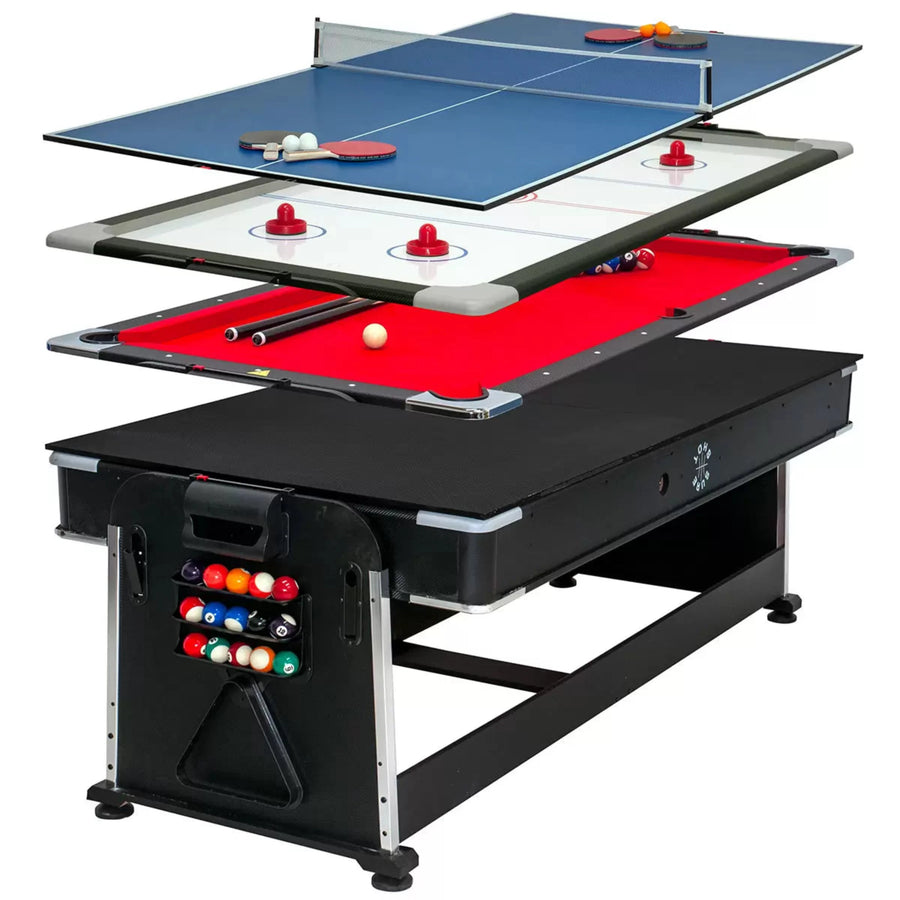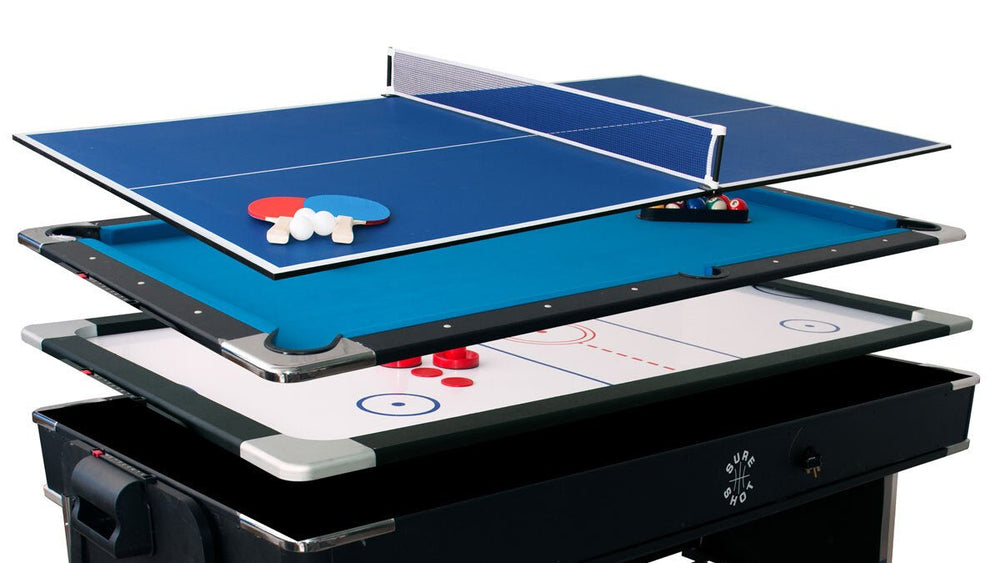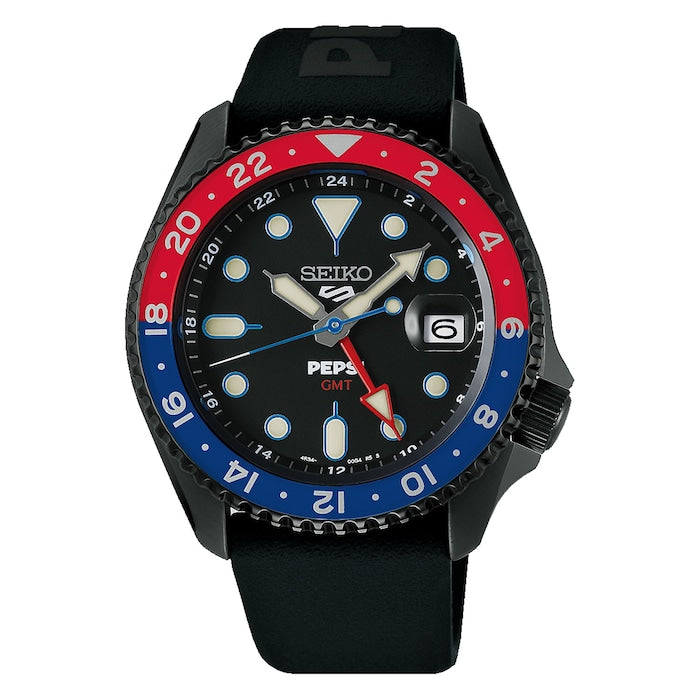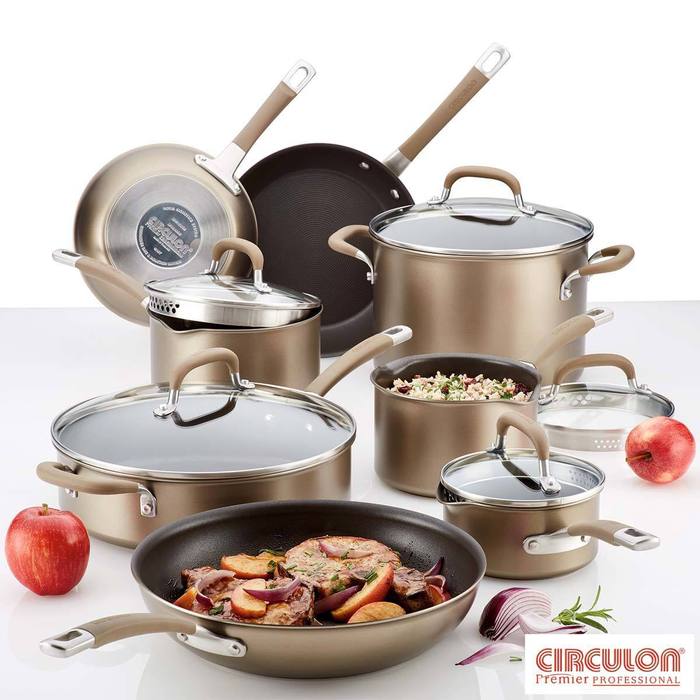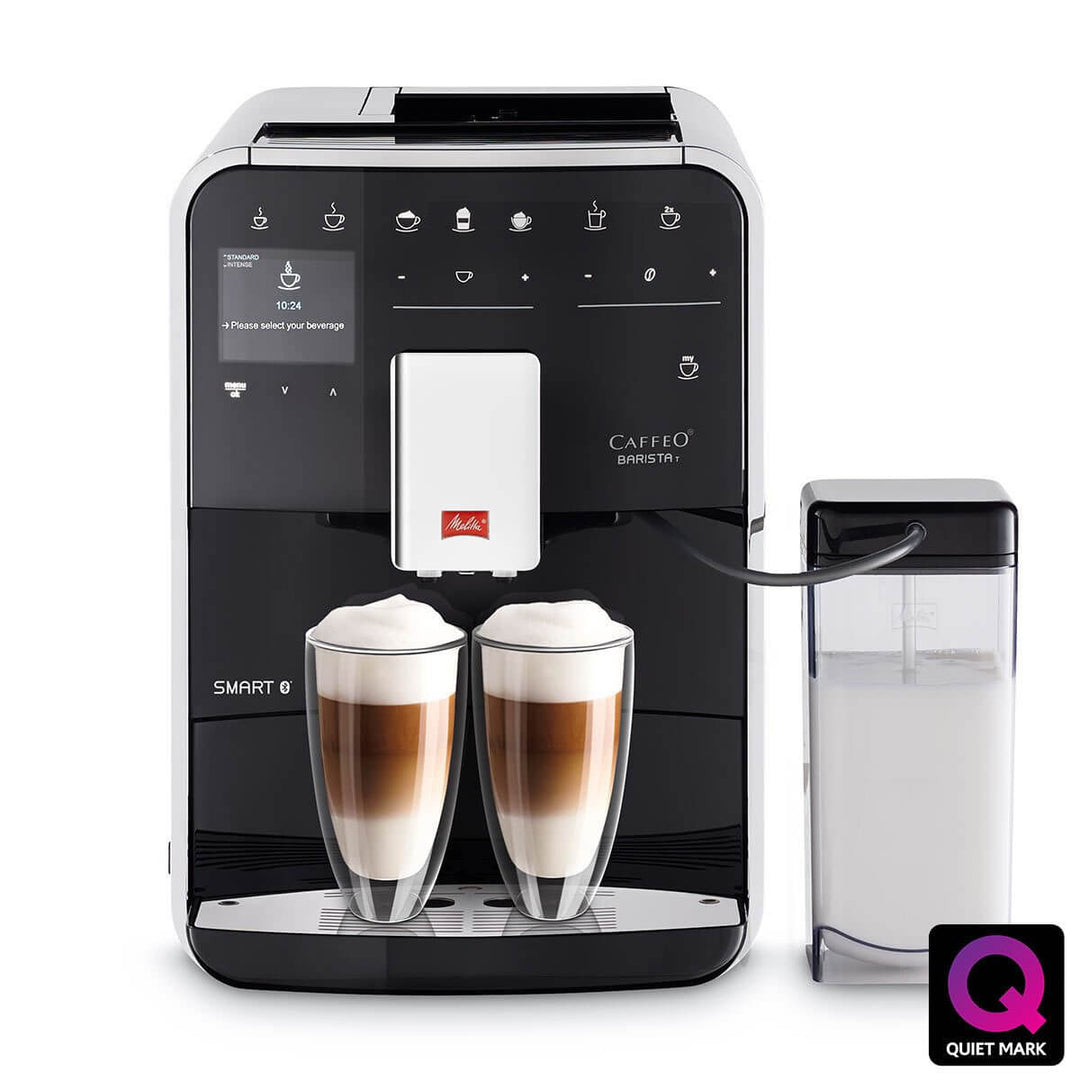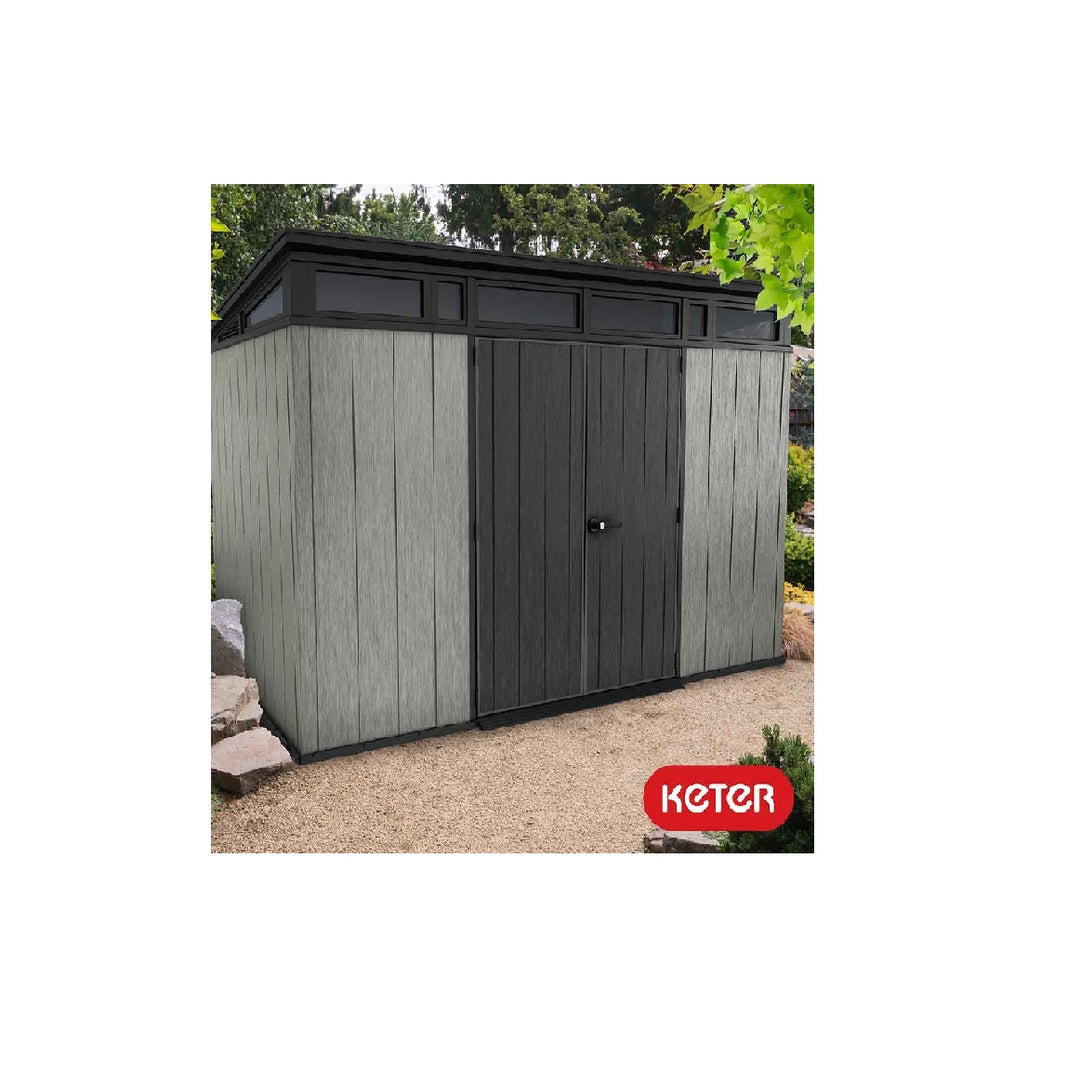Safe Loading and Packing ISTA 3A Rule
International Safe Transit Association (ISTA) 3A Test procedure for small parcel shipments.
Basic
Use foam sheeting with a minimum thickness of 1/4-inch (0.64 cm). Include several layers to ensure that the entire product is cushioned, and pay close attention to protecting corners and edges. When packing multiple items, wrap each item separately. Fragile items need separation from
each other, and from the corners, sides, top, and bottom of the box. Each item should be surrounded by at least two inches (5.08 cm) of sheeting and placed two inches (5.08 cm) away from the box walls.
corrugated shipping container that has an appropriate strength for the weight and characteristics of the product.
Safe Loading and Packing, We can able to making packing undder ISTA 3A Rule, but we have to charge Additional Fees, Most Company packing is not covered under ISTA 3A Rule.
ISTA 3A: everything you need to know
The ISTA 3A testing procedure is a general simulation test for individual product packages sent via a package delivery service such as UPS, DHL, FedEx, etc., whether by air or land. ISTA specifies that the ISTA 3A testing procedure covers the testing of individually packaged products weighing up to and including 70 kilograms (150 pounds) when prepared for shipping via a package transport company.
Benefits of performing the ISTA 3A test
As with the performance of other ISTA standards, when the ISTA 3A procedure is adequately executed, companies obtain tangible benefits, such as:
- Reduction in product commercialization times.
- Reliability in the launch of a product.
- Reduction of damages and product losses.
- Customer satisfaction, which increases market share.
More specifically, the test ISTA 3A is designed to test four different types of packages that are usually distributed as individual packages. These types of packages include standard, small, flat and elongated packages.
For example, a standard packaged product might be a traditional cardboard box, plastic containers such as paint buckets, or wooden box for the transportation of more fragile products.
In the case of small packages, they must have the following measurements:
- The volume is under 13,000 cm³ (800 in³), and
- The longest dimension is 350 mm (14 inches) long or less and
- Its weight is 4.5 kg (10 lb) or less.
One example of a small package would be a small cardboard box that can transport products with a weight up to and including 4.5kg.
Conversely, flat packaged products should meet the following requirements:
- The shortest dimension is 20 mm (8 inches) or less and
- The next, longest dimension is four or more times longer than the shortest dimension, and
- Its volume is 13,000 cm³ (300 in³) or greater.
A good example of this type of package would be the box that protects a laptop.
In addition, ISTA 3A includes an optional test that combines random vibrations at low pressure, simulating a high altitude, as if the package were transported by air. This tests the ability of a container (whether the primary package or transportation package) to remain sealed or closed and contain its contents (liquid, powder or gas) without leaks.
Tests included in the ISTA 3A procedure
The ISTA 3A procedure is composed of various types of tests depending on the type of package that needs to be tested (standard, small, flat or elongated) and its characteristics.
The standard, flat and elongated packages covered by the ISTA 3A tests are:
- Atmospheric preconditioning: temperature and humidity
- Atmospheric conditioning: controlled temperature and humidity
- Drop test based on the package (rotational, edge, with hazards, etc.)
- Random vibration test (with or without top load or under low pressure)
For small packages, the tests that must be performed are as follows:
- Atmospheric preconditioning: temperature and humidity
- Atmospheric conditioning: controlled temperature and humidity
- Drop test based on the package (with or without bag)
- Random vibration test (with or without top load or under low pressure)
At the end of the sequence of tests outlined for each type of package, if the product that they contain is a liquid, a leak test must also be performed.
Find out more about the tests that you need to perform to comply with the ISTA 3A procedure
In addition, there are several things that must be considered before performing the tests outlined in the ISTA 3A procedure:
- The tests can be used to evaluate the protective performance of a packaged product in relation to vibrations, shock and other stresses that are usually found during shipping and handling in a package delivery system.
- The testing level is based on general information and may not represent any specific distribution system.
- The package and product are considered to be a unit, not separate components.
- Certain transportation conditions, such as humidity, pressure or unusual handling might not be covered. In this case, other tests outlined by ISTA in its guide may have to be considered.
Required equipment to comply with ISTA 3A
Performing the sequences described in the ISTA 3A procedure requires two machines.
>Random vibration system
This machine must comply with the equipment section of ISO 13355 or ASTM D 4728. Using the vertical vibration system, the vibrations that take place during the package distribution cycle, whether by road or sea, can be simulated.
>Drop tester
The drop tester simulates drops and rotational impacts that affect the packages and products during handling and distribution. In order to perform the drop tests outlined in the procedure, we will also need certain hazards, such as a block or a box.
What is the difference between ISTA 3A and ISTA 2A?
As detailed above, ISTA 3A is a general simulation test for individual packaged products that are shipped through a courier system, either by ground or air. This test can be applied to four different types of individually distributed packages:
- Small packages:
- Flat packs
- Elongated packages
- Standard packages

In the case of ISTA 2A, this test has been designed to provide a standard set of tests that serve to check the performance of individually packaged products of 150 lb. (68 kg) or less against the risks encountered during the distribution cycle.
As with ISTA 3a and ISTA 1a, there are many benefits to be gained by companies that subject their product-packaging systems to this type of testing. Some of the most outstanding advantages are also:
- Reducing material and supply chain costs.
- Ensuring compliance with legal aspects and applicable regulations.
- Ensure that product protection is not compromised.
If you need more information about the equipment you need to perform the tests of the ISTA 3A testing procedure, or those of any other ISTA standard for packaging, do not hesitate to contact us. Our team of experts will be thrilled to provide all the information you need to set your project in motion.
